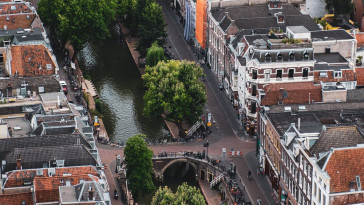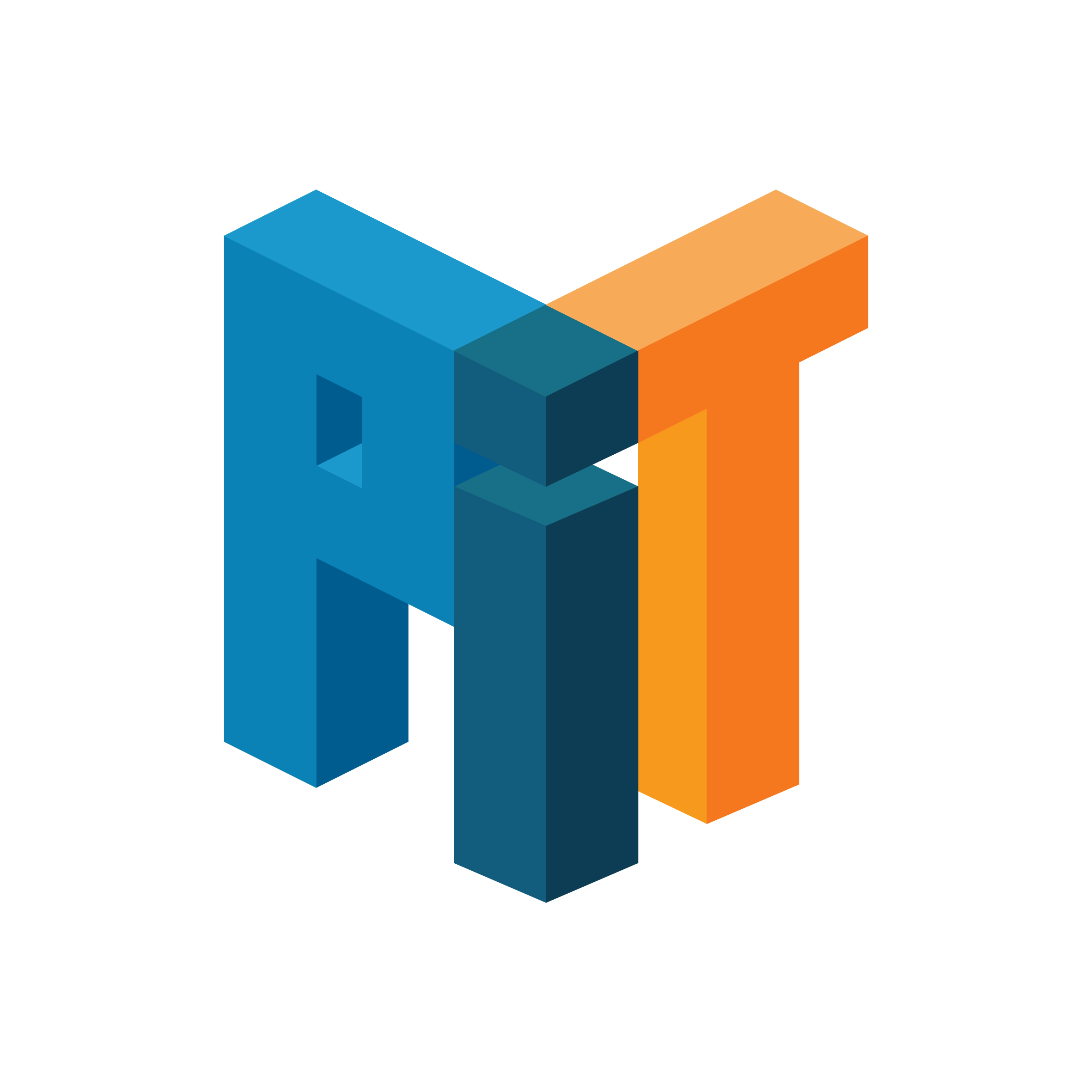“Dit project/onderzoek/living lab/leer- en innovatienetwerk is medegefinancierd door het Centre of Expertise Preventie in Zorg en Welzijn” Een blauwdruk voor een living lab collectieve belangenbehartiging is enigszins paradoxaal. Het wekt al snel de indruk dat er een pasklaar antwoord ligt dat in elke situatie in praktijk gebracht kan worden en enkel uitgevoerd hoeft of dient te worden. Maar een living lab is, zoals het begrip al suggereert, levendig van aard. Het is inherent aan een living lab dat er ruimte blijft bestaan om te onderzoeken en nieuwe ideeën te vormen over de aard van het lab zelf, zonder vast te zitten in een blauwdruk. Daarom presenteren we hier een aantal uitgangspunten en ideeën die meegenomen kunnen worden om een living lab collectieve belangenbehartiging vorm en inhoud te geven.
DOCUMENT

Over the last decade, sport and physical activity have become increasingly recognised and implemented as tools to foster social cohesion in neighbourhoods, cities and communities around Europe. As a result, numerous programmes have emerged that attempt to enhance social cohesion through a variety of sport-based approaches (Moustakas, Sanders, Schlenker, & Robrade, 2021; Svensson & Woods, 2017). However, despite this boom in sport and social cohesion, current definitions and understandings of social cohesion rarely take into account the needs, expectations or views of practitioners, stakeholders and, especially, participants on the ground (Raw, Sherry, & Rowe, 2021). Yet, to truly foster broad social outcomes like social cohesion, there is increasing recognition that programmes must move beyond interventions that only focus on the individual level, and instead find ways to work with and engage a wide array of stakeholders and organisations (Hartmann & Kwauk, 2011; Moustakas, 2022). In turn, this allows programmes to respond to community needs, foster engagement, deliver more sustainable outcomes, and work at both the individual and institutional levels. The Living Lab concept - which is distinguished by multi-stakeholder involvement, user engagement, innovation and co-creation within a real-life setting - provides an innovative approach to help achieve these goals. More formally, Living Labs have been defined as “user-centred, open innovation ecosystems based on a systematic user co-creation approach, integrating research and innovation processes in real-life communities and settings” (European Network of Living Labs, 2021). Thus, this can be a powerful approach to engage a wide array of stakeholders, and create interventions that are responsive to community needs. As such, the Sport for Social Cohesion Lab (SSCL) project was conceived to implement a Living Lab approach within five sport for social cohesion programmes in four different European countries. This approach was chosen to help programmes directly engage programme participants, generate understanding of the elements that promote social cohesion in a sport setting and to co-create activities and tools to explore, support and understand social cohesion within these communities. The following toolkit reflects our multi-national experiences designing and implementing Living Labs across these various contexts. Our partners represent a variety of settings, from schools to community-based organisations, and together these experiences can provide valuable insights to other sport (and non-sport) organisations wishing to implement a Living Lab approach within their contexts and programmes. Thus, practitioners and implementers of community-based programmes should be understood as the immediate target group of this toolkit, though the insights and reflections included here can be of relevance for any individual or organisation seeking to use more participatory approaches within their work. In particular, in the coming sections, this toolkit will define the Living Lab concept more precisely, suggest some steps to launch a Living Lab, and offer insights on how to implement the different components of a Living Lab.
DOCUMENT

The workshop aims to understand how a living lab network structures contribute to system innovation. Living labs as system innovation initiatives can substantially alter established network structures. Moreover, structures can undergo alterations through subtle interventions, with impact on the overall outcomes of living labs. To understand how such change occurs, we develop a multilevel network perspective to study collaborations toward system innovation. We take this perspective to help understand living lab dynamics, drawing on innovative examples and taking into consideration the multilayered structures that the collaboration comprises.
MULTIFILE
Due to societal developments, like the introduction of the ‘civil society’, policy stimulating longer living at home and the separation of housing and care, the housing situation of older citizens is a relevant and pressing issue for housing-, governance- and care organizations. The current situation of living with care already benefits from technological advancement. The wide application of technology especially in care homes brings the emergence of a new source of information that becomes invaluable in order to understand how the smart urban environment affects the health of older people. The goal of this proposal is to develop an approach for designing smart neighborhoods, in order to assist and engage older adults living there. This approach will be applied to a neighborhood in Aalst-Waalre which will be developed into a living lab. The research will involve: (1) Insight into social-spatial factors underlying a smart neighborhood; (2) Identifying governance and organizational context; (3) Identifying needs and preferences of the (future) inhabitant; (4) Matching needs & preferences to potential socio-techno-spatial solutions. A mixed methods approach fusing quantitative and qualitative methods towards understanding the impacts of smart environment will be investigated. After 12 months, employing several concepts of urban computing, such as pattern recognition and predictive modelling , using the focus groups from the different organizations as well as primary end-users, and exploring how physiological data can be embedded in data-driven strategies for the enhancement of active ageing in this neighborhood will result in design solutions and strategies for a more care-friendly neighborhood.
Het ‘Living Lab, Eerst een Thuis’ van gemeente Utrecht en regiogemeenten geeft dakloze mensen directe toegang tot stabiele huisvesting met ambulante begeleiding. De Hogeschool Utrecht voert actieonderzoek uit. We achterhalen kritische succes- en faalfactoren bij huisvesting, begeleiding en landen in de wijk en zorgen ervoor dat we tussentijds samen kunnen leren en experimenteren. Doel Door dit project krijgen we inzicht in wat werkt bij het huisvesten, begeleiden en helpen landen in de wijk van dakloze mensen. Daarmee willen we de kans op duurzaam herstel van de bewoners vergroten. Leergang Housing First Housing First is bekend als model en systeemaanpak voor het beëindigen van dakloosheid. Wil je weten waar dit precies over gaat? Ben je benieuwd naar wat er bij de implementatie en doorontwikkeling komt kijken? Wil jij met Housing First een effectieve bijdrage leveren aan het beëindigen van dakloosheid? Meld je dan aan voor onze nieuwe Leergang Housing First die in januari '23 van start gaat en wordt verzorgd door Housing First Nederland en Hogeschool Utrecht. Resultaten Inzicht in de kritische succes- en faalfactoren op de thema’s begeleiding, huisvesting en landen in de wijk; Het vergroten van de kans op duurzaam herstel van mensen die na een periode van dakloosheid weer zelfstandig gaan wonen. Looptijd 01 april 2021 - 31 augustus 2023 Aanpak We organiseren groepssessies met bewoners, begeleiders en ketenpartners bij de verschillende projecten die onder het Living Lab vallen. Daarbij kijken wat goed gaat en wat beter kan en vertalen we de opgehaalde informatie naar interventies of actiepunten.
Het ‘Living Lab, Eerst een Thuis’ van gemeente Utrecht en regiogemeenten geeft dakloze mensen directe toegang tot stabiele huisvesting met ambulante begeleiding. De Hogeschool Utrecht voert actieonderzoek uit. We achterhalen kritische succes- en faalfactoren bij huisvesting, begeleiding en landen in de wijk en zorgen ervoor dat we tussentijds samen kunnen leren en experimenteren.

Consortium, onderdeel van Saxion
